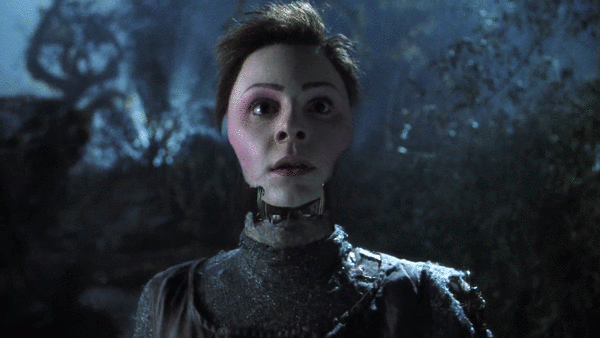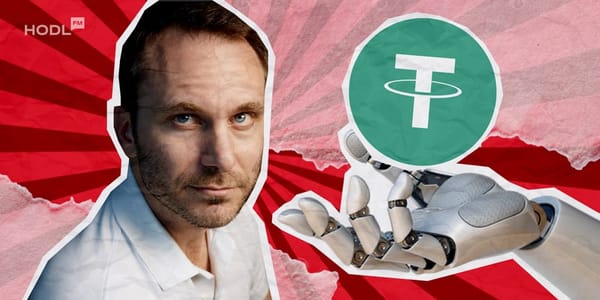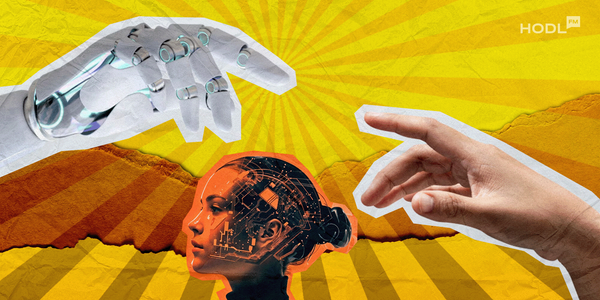Artificial intelligence has long danced on the edge of human-like interactions, and now, a game-changing proposal is here to turn that dance into a full-blown tango. Researchers from the University of Washington and tech titan NVIDIA are shaking up the AI scene with their radical proposition.
More info: Top 8 AI Startups to Watch in 2024
Human-Like Generative Agents: Beyond Chatbots and Virtual Assistants
Human-like generative agents, those clever digital entities that make chatbots and virtual assistants feel like they’re right out of your favorite sci-fi movie, are all the rage. They’re the wizards behind the screen, crafting engaging user interactions, understanding your quirkiest queries, and even whipping up recommendations for your weekend movie marathon. They’re the secret sauce that makes virtual worlds come alive. And how do they do it? Through a cocktail of natural language processing and some heavy-duty machine learning, often led by the likes of GPT-3.
It’s all about crafting coherent, context-savvy responses that keep you hooked and entertained. These AI maestros are the reason your gaming experiences are off the charts and that virtual worlds have never felt more real.
The Twist: Introducing Humanoid Agents
But, and there’s always a ‘but’, here’s where the game changes. Humans are a tricky bunch. We change our minds, adapt to our surroundings, and let’s face it, we’re a bunch of emotional creatures. To bridge the gap between AI and human thinking, the folks at the University of Washington and the University of Hong Kong have unleashed the concept of “Humanoid Agents.”
Two-System Mechanism: Where Intuition Meets Logic
Inspired by the enigmatic workings of the human mind, these scientists have conjured a two-system mechanism. It’s like AI’s own version of balancing the heart and the head. System 1 takes care of the intuitive, effortless thinking. That’s the part that makes you order a second slice of pizza without thinking twice. System 2, on the other hand, is the logical, calculated half of the equation. It’s the side that keeps you from spending your entire paycheck on pizza. By combining these two systems, they’re making AI think a little more like we do.
Basic Needs, Emotions, and Social Relationships
These researchers decided that AI should know what it’s like to have a bad day too. They’ve introduced aspects like basic needs, emotions, and even the closeness of their virtual social relationships. Fail to interact, and these agents start feeling lonely, angry, sick, and tired.

The Social Brain Hypothesis: Getting Chummy
Ever wonder why humans are always trying to keep up with the Joneses? The Social Brain Hypothesis suggests that a good chunk of our brainpower is dedicated to keeping tabs on our social relationships. To mirror this behavior, the researchers have programmed humanoid agents to adjust their conversations based on how close they are to each other. It’s like your AI buddy now has a social radar.
Peeking Behind the Curtain: The Unity WebGL Game Interface
What good is all this without a sneak peek? They’ve crafted a Unity WebGL game interface, where you can watch these humanoid agents in action. It’s like having a backstage pass to the world of AI. You get to see their status, their location, and just how they’re holding up in this wild world they’ve created.
Conclusion: The Future of AI is More Human Than Ever
But before we get carried away in this brave new world of AI, let’s not forget the responsibility that comes with it. These agents, as real as they seem, are still products of our imagination.
Read More:
They’re not humans; they’re simulations. We need to keep a watchful eye on ethical concerns, privacy, and all the other monkey wrenches that could disrupt this fantastic machine.
Disclaimer: All materials on this site are for informational purposes only. None of the material should be interpreted as investment advice. Please note that despite the nature of much of the material created and hosted on this website, HODL FM is not a financial reference resource and the opinions of authors and other contributors are their own and should not be taken as financial advice. If you require advice of this sort, HODL FM strongly recommends contacting a qualified industry professional.







